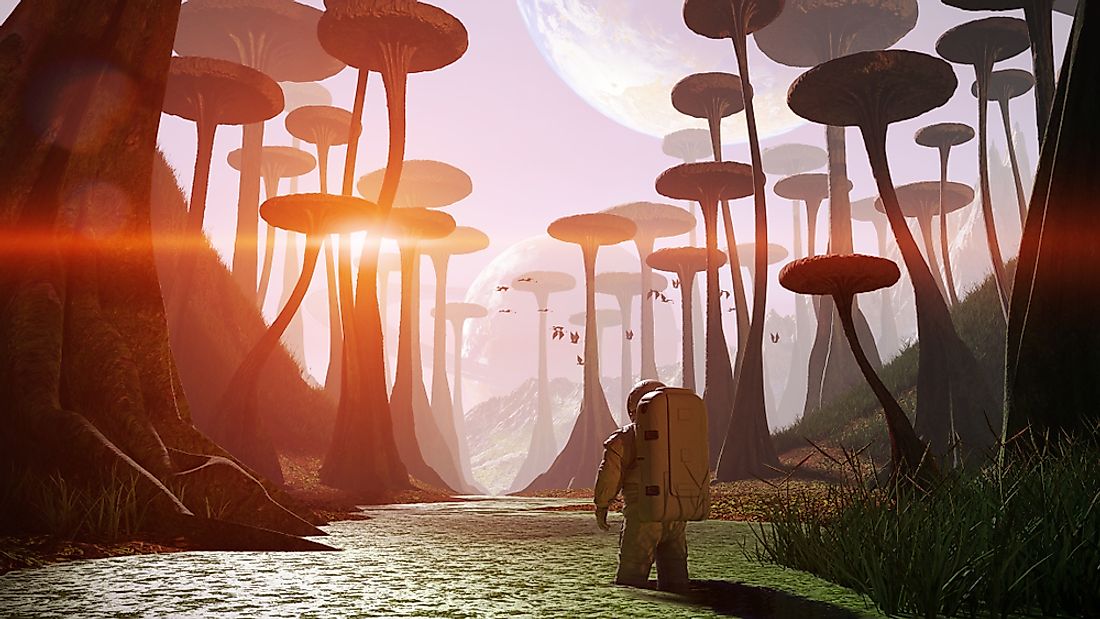What is Astrobiology?

Astrobiology is a science that explores nature, the very existence of life itself, and embarks upon a quest to find life beyond the planet Earth. It is also known as exobiology (xenobiology), and it includes various scientific disciplines of astronomy, biology, oceanography, aeronautical engineering, and many others to examine life in the universe.
What Does Astrobiology Investigate?
NASA can be considered as the first organization which started to utilize astrobiology more scientifically. In October of 1997, NASA compiled the first set of goals for astrobiology as a science. Under the name NAI (NASA Astrobiology Institute), NASA started the whole thing as an interdisciplinary experiment, while still agreeing on the methods that are viable for this kind of research. At the time, the goal was to figure out how can we explain the factors that contribute to the possibility of life. That kind of study involves the research of the living conditions on Earth, as well as finding similar systems in the universe that surrounds us.
Since astrobiology studies life in the cosmos and its building blocks, it also requires a complex and deep understanding of what life actually is, the conditions that support it successfully, as well as all the planetary processes included. Given this complexity, astrobiologists from various disciplines often collaborate on projects as there is little possibility that a single field will be able to answer all the questions which arise.
What About Extraterrestrial Life?
Despite the fact that no convincing evidence of life beyond our planet has been found, there is a possibility that astrobiologists might soon confirm that the common attribute of the universe is biota. This is becoming increasingly relevant with the discovery of planets outside of our solar system, and the theory that Saturn and Jupiter’s moons might possess liquid water along with microorganisms that are resistant to extreme environmental conditions. With this in mind, there are three main areas of astrobiological research: understanding the requirements that support life, finding habitable planets, and looking for indisputable evidence of life in those places.
It is difficult to predict what form of life may be found during all of the research conducted by scientists, but the typical speculation is that it will be some form of a microbe. The assumption about microbes sounds plausible when we know that life with a single cell, such as a microbe, adapts easily to a wide variety of habitats.
The Future of Astrobiology
Astrobiology, as a scientific research ground, is relatively new to the world of modern science, but it will most certainly become more prominent and influential in the years to come. The findings of astrobiology have already influenced how NASA and ESA (European Space Agency) make plans for their explorations of space and shaped the way they handle their missions.
The efforts of their missions went in the direction of examining the solar system that we live in, hoping that they will find evidence for any past or present signs of life. The missions on Mars and Titan, accompanied with significant achievements in the field of telescope machinery, are providing a solid ground for scientists to start looking for any planets outside of the Milky Way that could be inhabited by humans in the near future.
The efforts of astrobiology have been recognized worldwide, and many institutions have been formed across the world, not only in the United States of America. In Australia, Canada, Mexico, and South America and many countries in Europe, scientists are working together on deciphering the mysteries of life in the universe.











